Top Tools and Platforms for Real Time Cloud Monitoring in 2025
- Nitin Yadav
- Knowledge
About
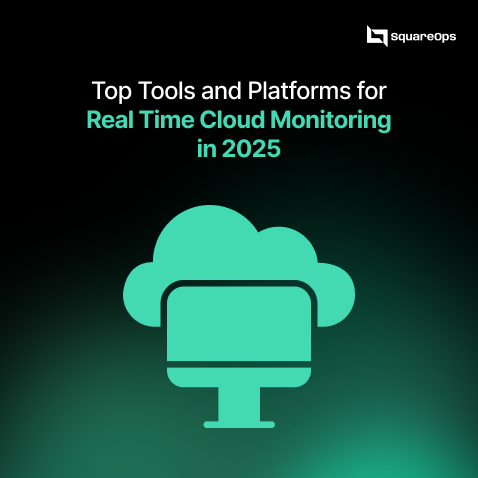
Discover the top real-time cloud monitoring tools for 2025. Learn key features, best practices, and trends to boost performance, uptime, security, and compliance.
Industries
- AWS, CI/CD Pipelines, Cloud Security, DevOps, Kubernetes, SRE
Share Via
Introduction
Cloud has become the new normal for enterprise applications Cloud computing is the backbone of modern business operations, yet as cloud services’ usage expands, so too does the complexity of PTC’s cloud environment. It’s 2025 and businesses work in multi-cloud, hybrid and distributed environments that never rest. One server screwed up, one alert missed or one zero day overlooked may result in massive downtime, security breaches or persistent lax in performance.
This is where it is absolutely crucial to have real time cloud monitoring. Immediate intelligence means companies can respond immediately to minimize damage and keep performance up.
This article examines why real time cloud monitoring is important or imperative, what features you want to look for as a business, the top tools and platforms, what future trends may look like, and what the best practices are for establishing a great monitoring strategy.
Why Real Time Cloud Monitoring Matters More Than Ever
There are some reasons why real time cloud monitoring is so essential:
Rise of Complex Architectures
Companies aren’t just running straightforward virtual machines anymore. They are operating distributed apps, microservices, containers, serverless workloads, and edge nodes on multiple clouds.
Increasing Customer Expectations
Customers demand near-perfect uptime, rapid load times, and friction-free experiences. Missing system failures can lead to loss in revenue, reputation, and customers.
Faster Threat Landscape
Nowadays, cyber security threats evolve with machine-like speed. The practice of monitoring real time is critical – it can help to identify suspicious activity and attacks before they develop into a larger problem.
Compliance and Governance Pressure
In many cases, this means close to instantaneous incident reporting combined with real-time system health and security posture visibility in order to remain compliant with regulation.
By 2025, companies will need to identify anomalies, performance degradations, and threats in real time — not hours later.
Key Features to Look for in Real Time Cloud Monitoring Tools
Which features should businesses look for in cloud monitoring You must pay attention on such features, when you are reviewing cloud monitoring platforms?
Real-Time Alerts and Anomaly Detection
Tools need to catch performance, outages, and security anomalies as they happen, not days later when logs are poured over.
Full-Stack Visibility
You need the visibility of your compute, storage, networking, database, API, container and serverless workloads so that you can get the most for your money.
AI and Machine Learning Integration
These days machine learning help to create baseline, find hidden anomaly and predict future failure with enough time to avoid it.
Integration with DevOps and CI/CD Pipelines
Seamless integration into the deployment pipeline allows platforms to be updated without adding vulnerabilities or impacting performance.
Automated Incident Response
Top tools facilitate automatic invocation of remediation workflows, scaling actions, or failovers over a set of thresholds.
Top Real Time Cloud Monitoring Tools for 2025
Native cloud provider tools and third party platforms prove a great degree of monitoring power and control.
Native Cloud Monitoring Tools
AWS CloudWatch
Provides real-time data analytics, dashboards, alarms, and anomaly detection to obtain insights from multiple AWS services.
Azure Monitor
Offers complete monitoring over Azure services, virtual machines, applications and network performance.
Google Cloud Operations Suite (fka Stackdriver)
Provides application monitoring, logging, and error reporting optimized for Google Cloud and hybrid applications.
Best Third-Party Cloud Monitoring Platforms
Datadog
A monitoring and security platform in a cloud-native environment with real-time metrics, log aggregation, distributed tracing, and custom alerting across AWS, Azure, GCP, Kubernetes, and more.
New Relic
Offers full-stack visibility with APM, infrastructure monitoring and realtime error tracking for multi-cloud enterprises.
Dynatrace
Famous for its artificial intelligence-powered monitoring platform with automatic discovery, dependency mapping, and predictive anomaly detection within cloud-native environments.
Prometheus and Grafana
An open-source metrics collector (Prometheus) and dashboard (Grafana) stack, that is a de-facto standard for Kubernetes and hybrid-cloud monitoring.
LogicMonitor
Features hybrid IT infrastructure monitoring with support for on-premises systems, as well as AWS, Azure and GCP, real-time alerting and predictive analytics.
Site24x7
Offers full stack monitoring as a service with AI-powered intelligent alerting of app and infrastructure problems.
Zabbix
A monitoring system & time series database that was designed to scale to millions of metrics while providing high availability.
Comparing Cloud Monitoring Tools: Which One to Choose?
There are various factors which would determine your choice:
- Cost and Licensing: Open-source tools such as Prometheus and Grafana are free, but commercial systems such as Datadog and Dynatrace provide more powerful automation and enterprise support.
- Complex deployment: Some tools have simplified agent-based installation, while others can necessitate a fair amount of manual installation and upkeep.
- Integration support: Should work with AWS, Azure, GCP, Kubernetes and serverless functions.
- Reaching a Correct Alert: Assess a tool’s ability to identify the genuine problem in a timely manner without producing too many false positives.
- Compliance Requirements: Some platforms provide pre-built compliance dashboards to ease pain points in regulatory reporting for stuff like GDPR, HIPAA, and SOC 2.
Future Trends in Real Time Cloud Monitoring
The next innovation in cloud monitoring will look to:
AI-Driven Incident Prediction
AI models will not just help to identify an issue, but they will also be able to predict system failures based on patterns, enabling proactive measures to be taken before users are affected.
Serverless and Microservices Monitoring
As serverless and microservices continue to become the modern way to build & deploy applications, monitoring platforms will continue to evolve to support a world where infrastructure is becoming short-lived and unpredictable.
Observability
Observability is more than just monitoring; it’s about having insight into what your system is doing through telemetry data (logs, metrics, and traces).
Edge and IoT Monitoring
With the emergence of edge computing and Internet of Things (IoT), real-time monitoring platforms will scale to a large number of distributed nodes and endpoints across the globe.
Security-First Monitoring
Security will be a feature of observability platforms, with SIEM features and performance monitoring merged for more unified threat detection.
Best Practices for Implementing Real Time Cloud Monitoring
- To actually take full advantage of real time cloud monitoring, organizations should:
- Establish key metrics in line with what matters to the business and SLOs.
- Configure multi-channel alerting for Slack, PagerDuty, SMS and email.
- Automate response to common issues with serverless workflows or runbooks.
- With the infrastructure and applications’ behaviors changing dynamically, monitoring configurations should be re-visited, audited, and tuned frequently.
- Unify monitoring and secure tools and use it as a single observability and compliance framework.
Conclusion and Call-to-Action
In 2025, the cloud is simply too fast, too dynamic and too important to have only this delayed view of an environment.
Cloud monitoring in real time is the key to businesses being able to rapidly identify anomalies, stay up and running, comply with relevant regulations and provide great user experience.
Choosing the right combination of native and third-party monitoring tools, implementing best practices, and embracing emerging trends will define the resilience and agility of organizations.
If you want to upgrade your cloud monitoring stack and develop a futureready observability strategy, SquareOps is there.
Experience expert real time cloud monitoring consulting, implementation, and optimization from SquareOps, contact us today.
Frequently asked questions
Real time cloud monitoring refers to continuously observing and analyzing cloud infrastructure, applications, and services to detect performance issues, anomalies, or threats as they happen.
It ensures immediate detection of system failures, performance bottlenecks, and security threats, helping businesses maintain uptime, meet compliance, and protect their reputation.
AWS Cloud watch provides real time metrics, log monitoring, and automated alerting for resources deployed within Amazon Web Services.
Top third-party platforms include Datadog, New Relic, Dynatrace, Prometheus with Grafana, LogicMonitor, Site24x7, and Zabbix.
AI and machine learning help detect subtle anomalies, establish performance baselines, predict system failures, and automate incident responses.
Monitoring involves tracking known metrics and events, while observability provides deep system insights using logs, metrics, and traces to understand unknown issues.
Real time monitoring identifies suspicious behaviors, unauthorized access attempts, and vulnerabilities instantly, helping prevent breaches before they escalate.
Yes, modern tools integrate with CI/CD pipelines to monitor deployments, detect errors early, and enforce security and performance standards continuously.
Key trends include AI-driven threat prediction, serverless and edge monitoring, observability-focused architectures, and tighter integration of security and performance monitoring.
SquareOps offers expert consulting, tool implementation, and strategy development to help businesses build resilient, real time cloud monitoring systems tailored to their needs.
Related Posts
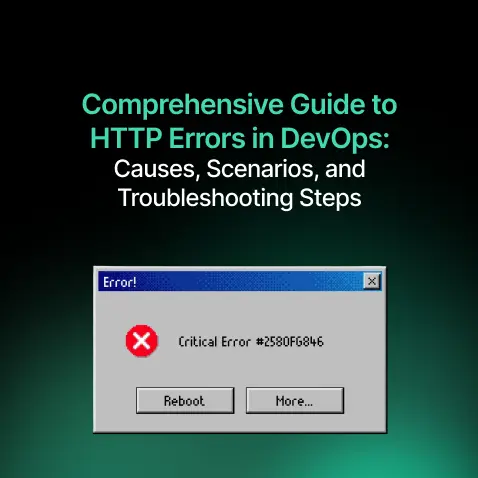
Comprehensive Guide to HTTP Errors in DevOps: Causes, Scenarios, and Troubleshooting Steps
- Blog
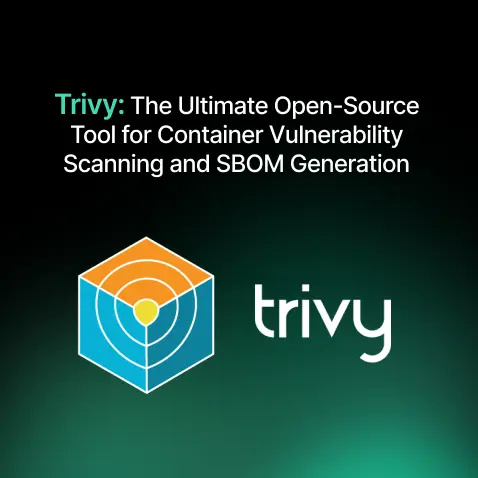
Trivy: The Ultimate Open-Source Tool for Container Vulnerability Scanning and SBOM Generation
- Blog
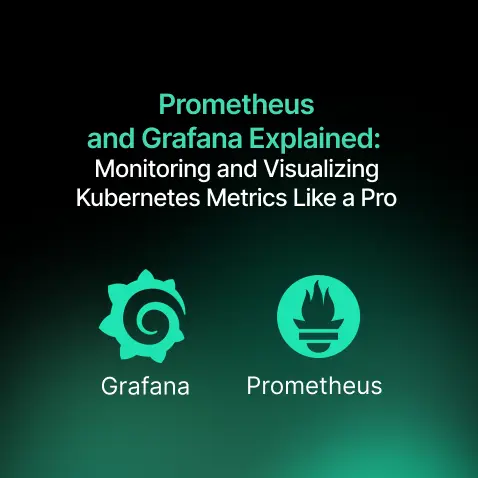
Prometheus and Grafana Explained: Monitoring and Visualizing Kubernetes Metrics Like a Pro
- Blog
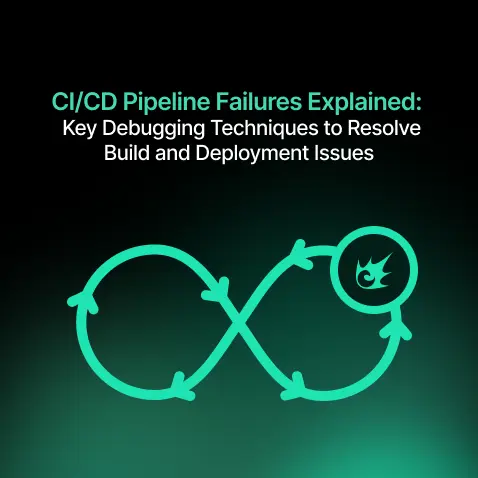
CI/CD Pipeline Failures Explained: Key Debugging Techniques to Resolve Build and Deployment Issues
- Blog
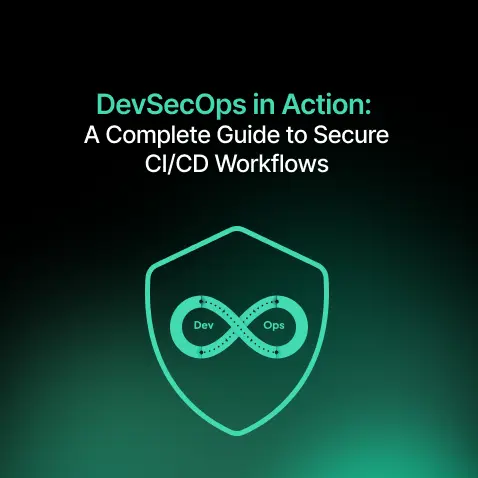
DevSecOps in Action: A Complete Guide to Secure CI/CD Workflows
- Blog
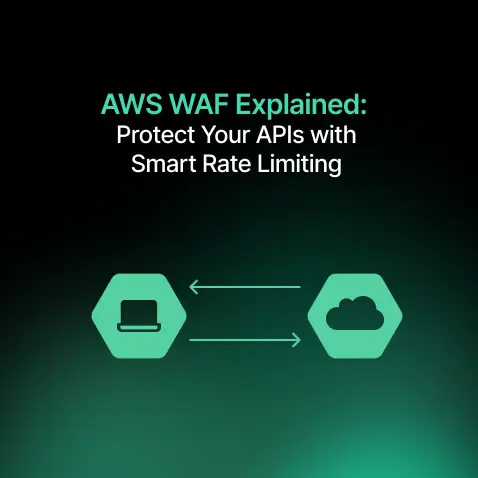
AWS WAF Explained: Protect Your APIs with Smart Rate Limiting
- Blog

